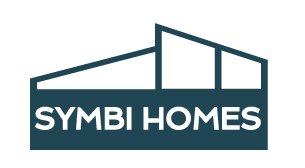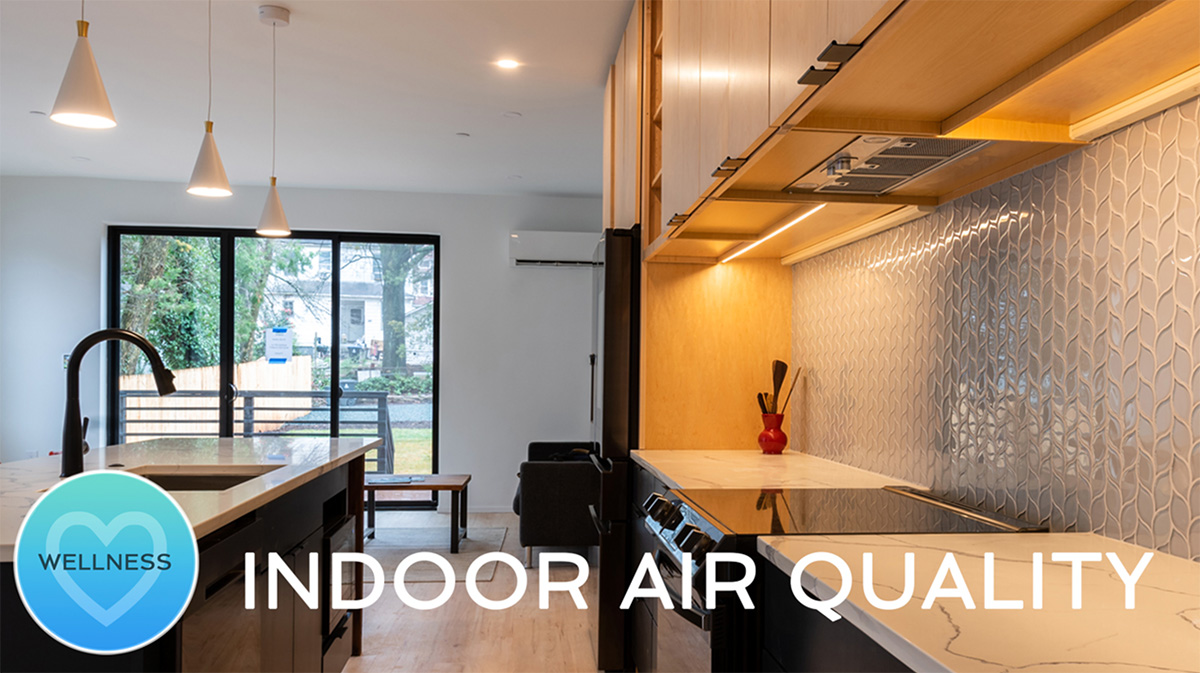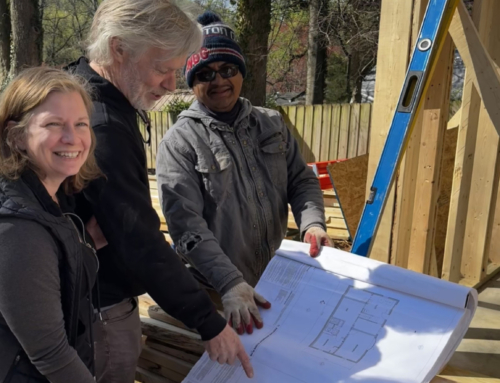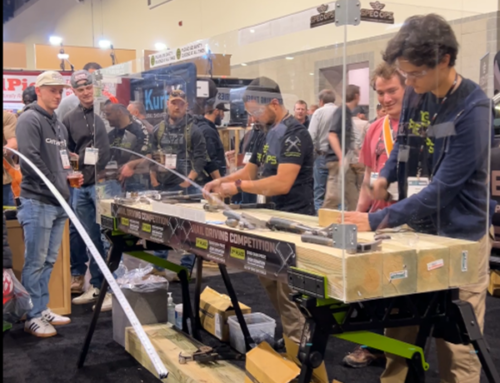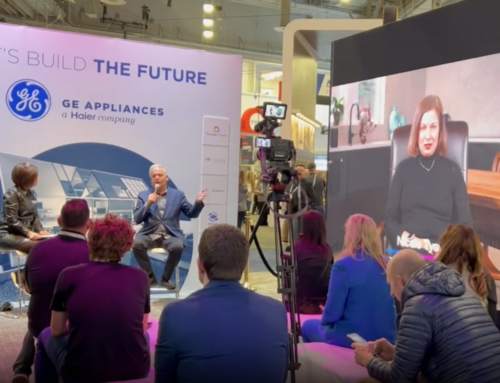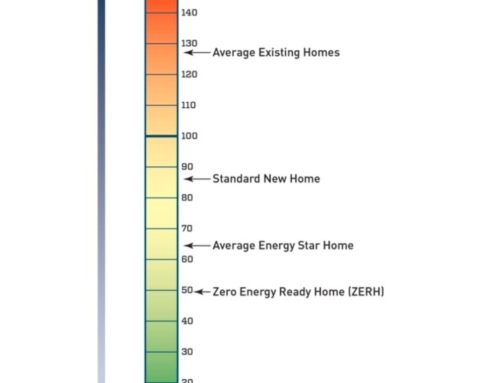One of the Most Critical Aspects of Building High-Performing Homes is Indoor Air Quality (IAQ)
Look at the marketing of any typical home for sale, and you’ll likely see emphasized the finishes and fixtures. Descriptions and photos highlight “quartz countertops,” “stainless steel appliances,” and “spa-like bathrooms,” presumed to be the key selling features of a new home. But what about the stuff you can’t see? In particular, what does the listing share about the home’s indoor air quality (IAQ)? Most likely, nothing.
How do we define Indoor Air Quality?
 The term “indoor air quality”, according to the U.S. EPA, remains somewhat of a catch-all term encompassing both the composition of indoor air particles (including the presence of various contaminants and/or humidity), as well as the path or frequency of fresh air circulation throughout the home or commercial buildings. The US Green Build Council has established optimal standards for high-quality indoor air through its LEED for Homes Certification program. Such standards prioritize toxin-free building materials, mechanical air ventilation and filtration systems, dehumidification, and the pre-occupancy flush, which are especially critical for a tightly-built energy-efficient home with minimal outside air permeability.
The term “indoor air quality”, according to the U.S. EPA, remains somewhat of a catch-all term encompassing both the composition of indoor air particles (including the presence of various contaminants and/or humidity), as well as the path or frequency of fresh air circulation throughout the home or commercial buildings. The US Green Build Council has established optimal standards for high-quality indoor air through its LEED for Homes Certification program. Such standards prioritize toxin-free building materials, mechanical air ventilation and filtration systems, dehumidification, and the pre-occupancy flush, which are especially critical for a tightly-built energy-efficient home with minimal outside air permeability.
The Benefits of Home Building with IAQ in Mind
My interest in IAQ initially piqued after attending a presentation of a Harvard study at the 2015 Green Build Conference which showed increased cognitive functioning associated with fresher, cleaner indoor air ventilation in office buildings. There are also a plethora of studies (Publications — Well Living Lab) that show positive health outcomes associated with cleaner indoor air, such as alleviating symptoms of asthma, the leading chronic disease among children in the U.S. Many studies report that airborne viruses are less likely to reproduce in environments with controlled humidity levels of 40-60%.
IAQ Standard Upgrades with Symbi Homes
At SYMBI Duplex One, our 2021 demonstration project, IAQ standard upgrades include continuous exhaust fans by Air King, advanced MERV 13 filtration through our Mitsubishi HVAC equipment, no-VOC finishes, all electric appliances and equipment (no natural gas), and a whole-house Aprilaire mechanical ventilation and dehumidification system. Duplex One also has a “livable quarantine space” on the ground floor that can provide full containment to limit the spread of transmissible viruses such as SARS-CoV-2.
The good news is that the market for healthy IAQ products is growing more plentiful and more sophisticated (check out the HealthWay Super V residential filtration model The Global Leader in Air Purification | HealthWay Family of Brands). Green Building Advisor has an informative article about IAQ monitors for homes (A Look at Home Air-Quality Monitors – GreenBuildingAdvisor). Education for home buyers is essential. Developers tell me all the time that homeowners aren’t looking for “wellness.” But healthy homes are few and far between, so how would home buyers even know to ask for such essentials? I look forward to the day when home listings sell “healthy, clean air” alongside those “fabulous walk-in closets.”
